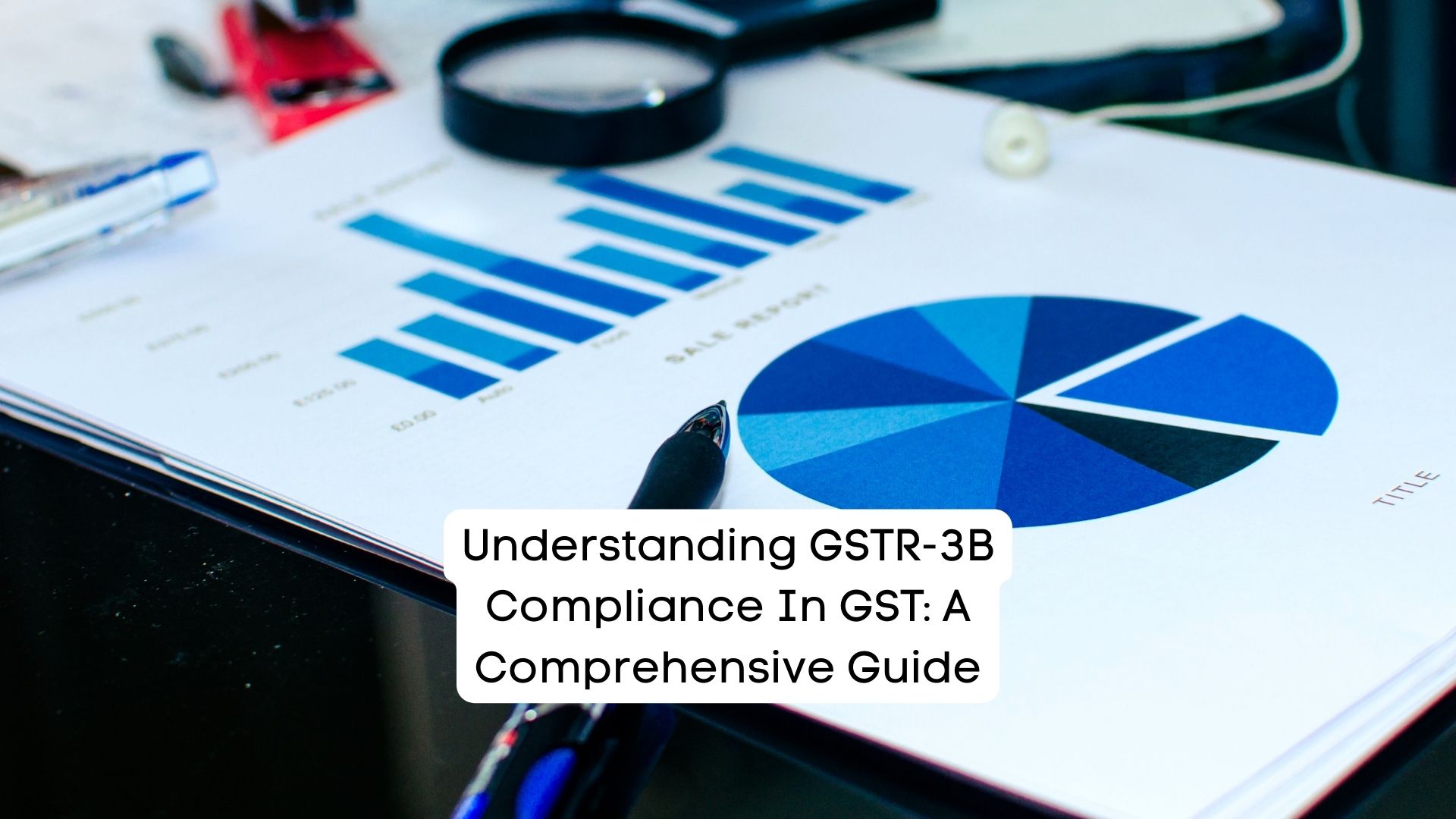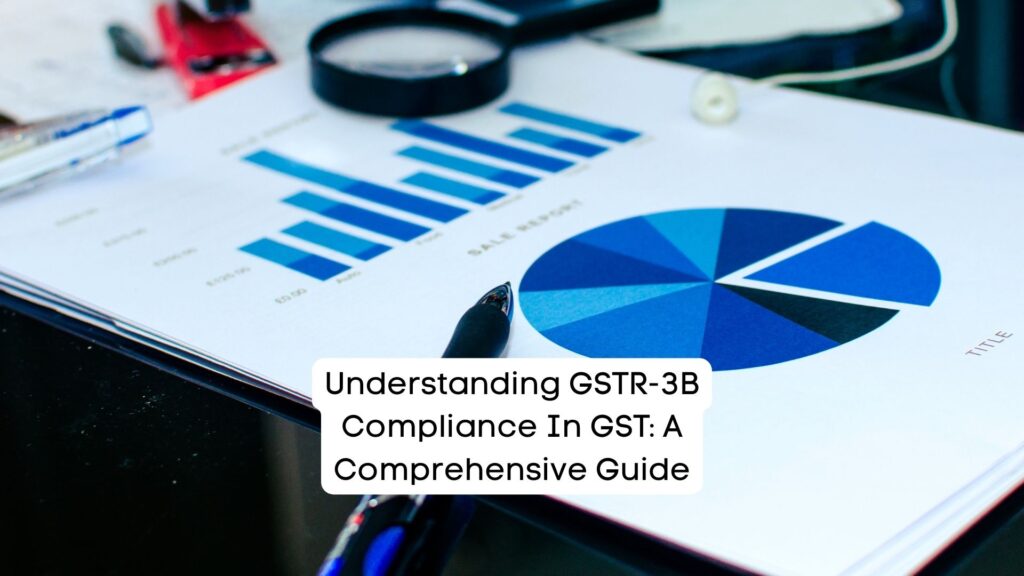
20 Feb Understanding GSTR-3B Compliance in GST: A Comprehensive Guide

In the realm of Goods and Services Tax (GST) compliance, adhering to specific procedures is essential for businesses to maintain operational smoothness and tax transparency. One pivotal aspect of GST compliance is the submission of GSTR-3B, a monthly return mandated under GST laws. This article aims to offer a detailed overview of GSTR-3B compliance, elucidating its significance, filing requirements, and procedural intricacies within the GST framework.
Introduction to GSTR-3B in GST:
GSTR-3B, or Goods and Services Tax Return-3B, constitutes a monthly summary return necessitated for filing by registered taxpayers operating under the GST regime in India. Functioning as a provisional measure, GSTR-3B aims to facilitate a seamless transition into the GST ecosystem. It mandates taxpayers to furnish a condensed overview of their outward and inward supplies alongside their tax liabilities for a specific tax period.
While contrasting with detailed return forms like GSTR-1 and GSTR-2, which delineate invoice-level specifics, GSTR-3B offers a consolidated perspective on tax liabilities and input tax credits. This streamlined approach alleviates the compliance burden, enabling businesses to efficiently report their tax obligations.
Key Aspects of GSTR-3B Filing:
GSTR-3B comprises various sections where taxpayers must furnish crucial information pertaining to their sales, purchases, and tax details. These sections encompass vital data such as total sales, details of inward supplies subject to reverse charge, input tax credit availed, tax liability, and tax payments. Additionally, taxpayers are tasked with reconciling the figures reported in GSTR-3B with their accounting records to ensure accuracy and compliance.
Applicability of GSTR-3B:
GSTR-3B filing is mandatory for various categories of taxpayers, including regular taxpayers engaged in the supply of goods or services, businesses under the composition scheme, Input Service Distributors (ISDs), and non-resident taxpayers involved in taxable supplies within India.
Essential Documentation for GSTR-3B Filing:
Effective GSTR-3B filing necessitates the maintenance of several essential documents, including sales and purchase invoices, receipts, payment vouchers, credit/debit notes, bank statements, input tax credit documents, and e-way bills, where applicable.
Step-by-Step Guide to Filing GSTR-3B on GST Portal:
Filing GSTR-3B on the GST Portal entails a systematic approach. The process involves logging into the official portal, accessing the GSTR-3B form, filling in requisite details accurately, reconciling data, computing tax liabilities, settling tax dues, previewing and submitting the form, making tax payments if applicable, and obtaining an acknowledgment receipt upon successful filing.
Filing Deadline for GSTR-3B:
As per GST regulations, GSTR-3B is a monthly return that must be filed by registered taxpayers. The filing deadline typically falls on the 20th of the subsequent month. Introduced as a temporary measure, GSTR-3B serves as a summary return until the full-fledged implementation of comprehensive return forms like GSTR-1 and GSTR-2.
Conclusion:
In summary, GSTR-3B compliance holds paramount significance within the ambit of GST laws in India. Serving as a monthly synopsis of tax liabilities and input tax credits, timely and accurate filing of GSTR-3B is imperative for businesses to ensure GST compliance, mitigate penalties, and uphold transparency in tax affairs.


No Comments